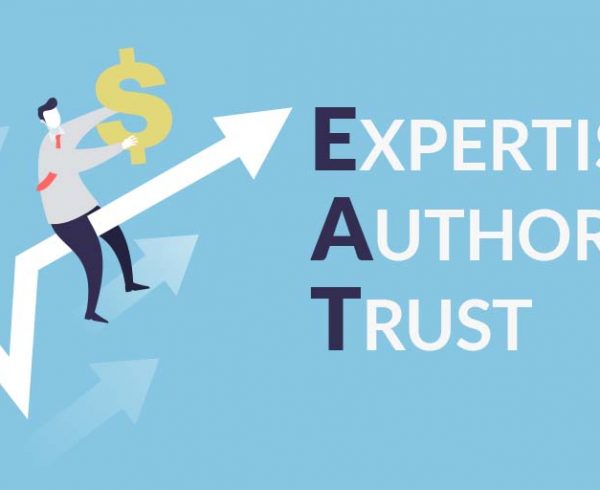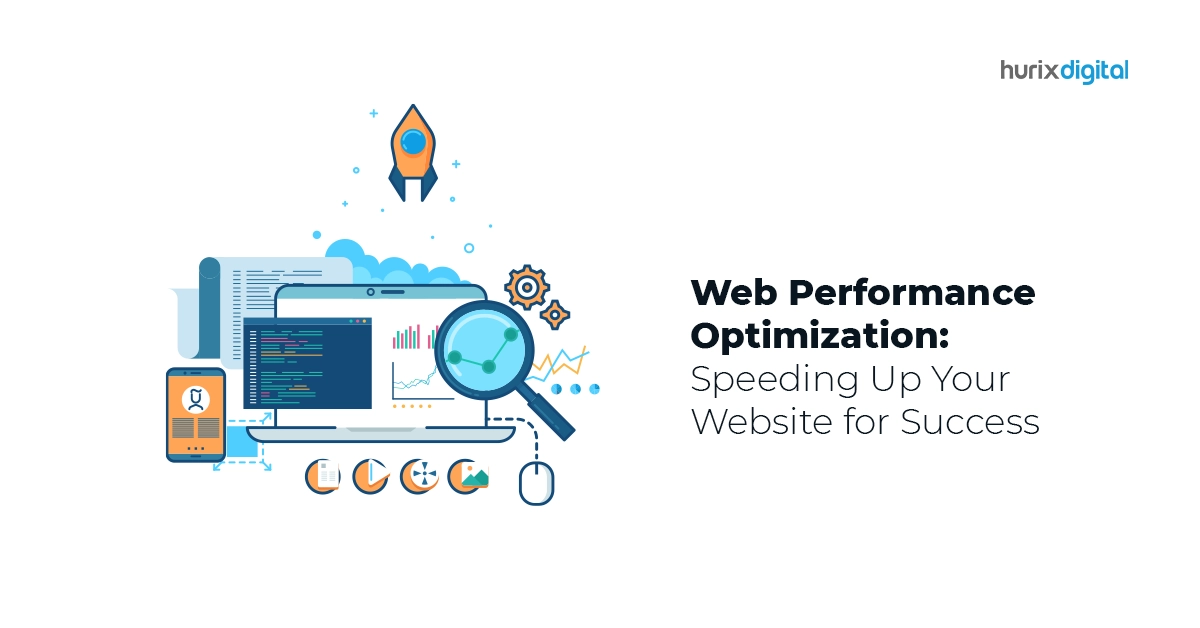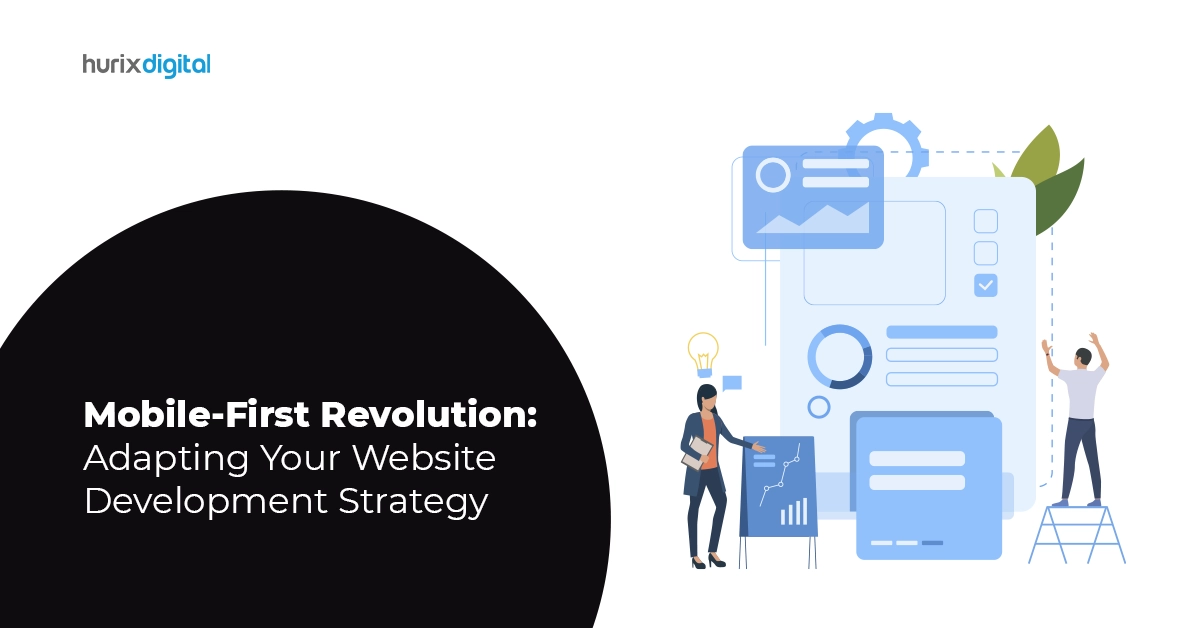Ria started her venture to sell organic beauty products with a twinkle in her eye. She had big dreams of establishing a brand catering to tens of thousands of women in a few years. Being a fashionista, she knew the questions and the ups and downs any woman goes through when it comes to the selection of makeup products-
Is it branded?
Will it be harmful to my skin?
How long will it last once applied?
Armed with 5 years of experience as a product manager with a famous beauty product brand, she kick started her startup journey. A bibliophile that she was, Ria translated her passion into her marketing efforts and wrote articles about her brand and answered all the queries related to the products.
Despite creating amazing content, she was extremely disappointed and mystified at the lack of traffic generated on the website. The needle just wasn’t moving! When she searched for ‘Organic beauty products brand in Mumbai’ on Google, her website wasn’t even on the first search page!
Why?
On-Page SEO
In her enthusiasm to create great content, Ria forgot an essential component–on-page SEO. A host of things you can do on your site to improve rankings. Creating great content is only the first step. But, that is not enough.
Related Read: The Secret SAUCE for Creating Great Content
To optimise your online presence and to ensure the peak performance of your website, be up to date with the basics of on-page SEO.
If you are in the same situation as Ria, on-page SEO, or a lack thereof, might be the culprit.
Here are a few tips that may help you.
1. Optimize Keywords
Keywords are the building blocks of SEO and a fundamental part of how search engines work. Search engines match the keywords entered in the search with the keywords appearing on thousands of pages. The websites containing the relevant keywords are then displayed to the reader. The rank of your website depends on various other things too, but keywords are a starting point.
E.g. Ria should have focused on keywords like beauty products, makeup products, organic beauty products etc. as some basic keywords in her content pieces. Usage of these words would have told Google what her site is about.
An easy trap to fall into here is the usage of excessive keywords also known as keyword stuffing. The keywords should naturally flow into your content. They should be a part of the content. They should not look forced and definitely should not be overused. The actual figures will vary depending on the length of the article.
Tip: For a 1k word article, a keyword density of 2% – 2.5% is considered good
2. Use a Catchy Title and Don’t Ignore the Meta Title
The title is the first thing that a reader notices. It’s the hook that reels them in. Write a short, catchy title that talks about your article. The reader should understand what the article is about.
While you write a title that’s clickbaity, substance in the title should not be compromised. If you don’t provide good content with the title, it will drive away visitors. Don’t say, “2 feuding actors met at an awards show. You will never guess what happened next”. And the article? They met, nodded to each other and walked away.
Good luck bringing back any visitors who read this article.
Tip: An actionable title with numbers has been empirically proven to improve click rates. E.g. “Top 10 beauty hacks you can do in 5 mins”
The meta title or description is the second aspect readers will read on the search results page. A meta title gives the reader some idea of what to expect from the article.
And last but not the least, include the primary or a variant of the primary keyword in the title and meta title. If possible, use the primary keyword at the start of the title and use modifiers to possibly capture long-tailed keywords. E.g. “Organic Beauty Products of 2019 That Will Dazzle You.”
3. Use Title and Body Tags
Tags are part of the page’s HTML coding. These tags start from H1, H2, H3, H4 etc. in descending order of importance.
These tags can be seen as:
<h1>Page Title</h1>
H2, H3 etc can be used for various sections on the page. Search engines use these tags as markers to identify the important content on your page. Ensure that whichever CMS you are using assigns the H1 tag to the title.
Tip: If you have used the keyword in the title and wrapped it in H1 tag, that’s a snowball effect for your page!
4. Glam-Up Your Page with Media
Include several media elements on your website and page. Media like images and videos decrease the bounce rate and improve the time spent on the site. Both of these factors are viewed favourably by search engines and improve your ranking.
Tip: Give appropriate and keyword-rich image title, alt text and descriptions for your media to boost your on-page SEO
5. Optimizing your URL
URLs are commonly known as a web addresses. They should be short and sweet. Try including your keyword in the URL to increase your ranking on Google search. A unique URL needs to be less than 255 characters and use hyphens to separate the different parts.
6. Link Other Pages on the Site
Try and interlink other pages of your website in the content. They not only open up other parts of your site to the audience but also play a crucial role in your SEO strategy. Interlinking allows the search spiders to effectively crawl your website contributing to a positive ranking.
Related Read: 7 Highly Effective Tips on Technical SEO
7. Linking other High-Quality Websites
Links to high-quality websites, as a part of your on-page SEO strategy, can increase the trustworthiness of your content. When you add an external link in your website content, you help Google to better understand the topic being covered on your website.
Tip: Try to add a popular and relevant external link to the topic on your website.
8. Improve Page Loading Time
If you truly want to up your game in on-page optimisation, you need to speed up your page loading time. For this, you require to run a speed test on every page of your website. Optimise your images, your database and ensure you have few ads on your page to speed up your page loading time.
9. Mobile Friendliness
80% of searches nowadays occur on mobile devices. So, make sure you have a mobile-friendly website to avoid losing out on any potential viewers. Use the tools offered by Google to check the mobile-friendliness of your website.
Hurix can provide ways to make sure that your content looks mobile-friendly and readable.
Adopt these basic factors of on-page SEO, and you can improve your search engine rankings and start getting noticed.
Read More:











